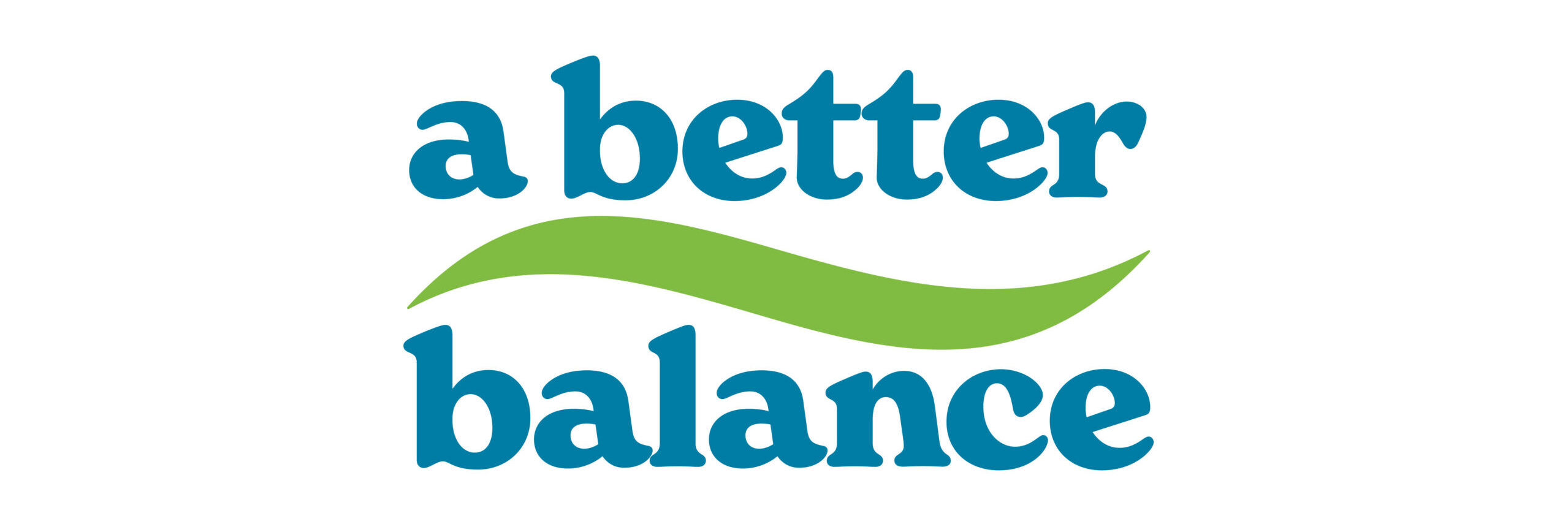Families in New York take diverse forms. Due to cultural, economic, and social forces, the overwhelming majority of households today depart from the “nuclear family” model of a married couple and their biological children—instead, they are blended, LGBTQ, and increasingly include close loved ones who aren’t biologically or legally related. As described in detail in this fact sheet, people in New York are waiting longer to marry (if they choose to do so at all), and many New Yorkers live with or depend on non-related loved ones. In particular, people increasingly rely on “chosen family,” or loved ones with whom they have no biological or legal relationship, for care and support in times of need.
It is important that paid family leave in New York applies to all families. To do so, New York’s paid family leave law should define family to ensure that all workers can use their leave to care for those who are most important in their lives. Section I presents research on the demographic diversity of families and households, underscoring the importance of an inclusive family definition in leave policies. Section II provides background on the federal government’s use of a model family definition, evidence that supports inclusive family definitions, and the momentum for paid leave laws that cover chosen family.
Section I. The Reality of Families and Households in New York
Chosen Family
Many workers have close relationships with loved ones who they aren’t legally or biologically related to. Workers in New York should have the right to use leave to care for these chosen family members.
- More than 2.4 million households in New York, or approximately 31.2% of all households in the state, consist of an individual who lives alone. In an emergency or during an illness, many of these individuals rely on care from chosen family—like close friends and loving neighbors—or extended family.
- More than 630,000 New York residents live with nonrelatives—such as significant others or close friends. When an individual is sick or has a medical emergency, they often rely on individuals they live with—even absent a blood or legal relationship—for help and caregiving.
- In a 2023 national survey conducted by the Center for American Progress, 52% of people in the United States reported that they were relied upon to provide care for a chosen family member.
- This rate is even higher among LGBTQ individuals, 58% of whom reported being relied upon to care for a close friend or chosen family member.
The Particular Importance of Chosen Family to New York’s LGBTQ Community
Many LGBTQ adults—especially older adults—do not have accessible relationships with biological relatives for several reasons, such as moving to a more LGBTQ-friendly area away from biological family, LGBTQ stigma within biological families, and family planning choices.
- LGBTQ-identified older adults in the U.S. are nearly twice as likely as non-LGBTQ-identified older adults to live alone (33% versus 18%). LGBTQ older adults are less than half as likely as the general population to say they would rely on an adult child caregiver (16% versus 7%), and are less likely to expect a spouse or partner to care for them (47% versus 39%). Therefore, LGBTQ older adults are less likely to have biological family or partner support when they need care and often rely on chosen family.
- Sixty-four percent of LGBTQ adults between the ages of 45 and 64 said that they have a “chosen family,” defined in the survey as “a group of people to whom you are emotionally close and consider ‘family’ even though you are not biologically or legally related.”
- Seventy-two percent of LGBTQ adults over the age of 55 report that they have been called upon to support chosen family due to a health-related need.
The Critical Role of Extended and Chosen Family in Providing Care to Aging Adults in New York
Aging adults rely on a wide network of relationships for episodic, short-term, and long-term caregiving. Many caregivers are partners, neighbors, or friends. Caregivers may provide care to several individuals and may not share a home with the person for whom they are providing care.
- By 2030, it is estimated that New York’s population of adults age 60 and over will reach over 25% of the total population in 51 of the state’s 62 counties. In 2022, over 1.2 million New Yorkers age 60 or older lived alone.
- Fifty-three percent of Americans who care for an older adult provide that unpaid care to a friend or loved one other than a spouse or parent. Therefore, the U.S. Department of Labor stated in 2016 that “[t]o ensure [paid leave laws] meet the needs of caregivers of the elderly, state- and local-level programs should allow care for a variety of family members and other loved ones, defined broadly to encompass those who lack marital or blood relationship.”
- Among Americans who provide care to an adult age 65 or older, more than 23% care for a friend, neighbor or other unrelated person, while more than 24% care for a relative other than a spouse, unmarried partner, parent, or grandparent.
- Eighty-three percent of individuals who provide care to an adult age 65 or older do not live with the care recipient.
Extended Family and Children’s Living Arrangements
Many workers have lived with, grown up with, or taken care of extended family and other nonrelative loved ones. These strong and meaningful family relationships should be recognized.
- In 2014, 85 million people were living in extended families—up from 58 million in 2001. Extended families, defined as those departing from the “nuclear family” model of married parents and their minor children, are disproportionately people of color.
- Over one third (35%) of children in the U.S. have lived in an extended family household. Compared to white children, Black children are more than two times as likely and Latinx children are more than 1.5 times as likely to have lived with extended family.
Cohabitation and Unmarried Couples
Many workers live with a significant other, and many unmarried couples are raising children. The prevalence of these relationships shows the importance of covering significant others who are not married or in a registered domestic partnership or civil union.
- A growing number of Americans cohabit rather than marry, and many others without a spouse or partner have structured their families and lives differently. Approximately 51% of male adults and about 56% of female adults in New York are unmarried.
- Over 591,000 residents of New York live with an unmarried partner. Significant others who have not legally formalized their relationship should have the right to care for each other during illnesses.
- Many long-term couples have chosen—for various reasons—to live together as unmarried. For example, many seniors may face unique, negative financial consequences under federal law if married.
Section II. Evidence and Models
The Federal Government’s Model Family Definition for the Federal Workforce
The federal government’s definition of family—which includes individuals whose close association with the worker is the equivalent of a family relationship (event absent a blood relationship)—comes with a track record of success.
- The federal government, the nation’s largest employer with more than two million civilian employees, has used—and repeatedly expanded—a chosen family standard for more than 50 years. This language has been used in the context of funeral leave since 1969 (allowing workers to take funeral leave for chosen family during the Vietnam War), for voluntary leave transfers since 1989, and for sick leave generally since 1994.
- Federal workers are entitled to use up to 12 weeks (or 480 hours) of sick leave a year to care for a family member—including chosen family—with a serious health condition. There are also opportunities under federal regulations to accumulate leave and transfer it.
- The Office of Personnel Management reported to Congress favorably about usage rates of sick leave after paid sick time was expanded in 1994 to cover chosen family through this standard, noting that even after the federal government expanded the definition of family, employees used less than a third of the sick leave available.
- This chosen family standard was also used in President Obama’s Executive Order establishing paid sick time requirements for certain individuals working on federal contracts. In 2016, the U.S. Department of Labor explained that the chosen family language “could include . . . a friend of the family in whose home the employee lived while she was in high school and whom the employee therefore considers to be like a mother or aunt to her, or an elderly neighbor with whom the employee has regularly shared meals and to whom the employee has provided unpaid caregiving assistance for the past five years and whom the employee therefore considers to be like a grandfather . . . ”
- Federal paid leave laws and bills have also increasingly used an inclusive family definition.
- In 2020 with bipartisan support, Congress enacted the Families First Coronavirus Response Act, which temporarily guaranteed COVID-19 emergency paid sick leave to covered workers; regulations explained that this federal leave could be used to care for “an Employee’s immediate family member, a person who regularly resides in the Employee’s home, or a similar person with whom the Employee has a relationship that creates an expectation that the Employee would care for the person if he or she were quarantined or self-quarantined.”
- In 2021, the U.S. House of Representatives passed a paid family and medical leave bill with a family definition that would have covered, among other listed relationships, individuals whose close association with the employee is the equivalent of a family relationship (event absent a blood relationship), similar to the language used in leave policies for federal employees.
Growing Support and Use of Inclusive Family Definitions and Around the County
An increasing number of states and localities are passing paid leave protections with inclusive family definitions, providing support for a wider range of families and identifying themselves as family-friendly places to work.
- As of November 2023, 7 localities and the states of Arizona, Colorado, Minnesota, New Jersey, New Mexico, and Rhode Island, have passed paid sick and safe time laws that cover chosen and extended family. Paid family and medical leave laws in New Jersey, Connecticut, Oregon, Colorado, Washington State, Minnesota, and Maine provide even more extended leave to care for loved ones with whom a worker has a close relationship equivalent to a family relationship.
- In a national survey of Democratic and Independent voters in 2019, 84% of respondents supported passing paid sick and paid family leave policies including realistic, broad definitions of family.
- In a 2016 nationwide survey of more than 1,570 small businesses, 80% of employers across 12 states and Washington, D.C., indicated their support for a paid family leave law (more extended time off than a paid sick and safe time law) with a broad and inclusive family definition.
Inclusive Family Definitions in Workplace Leave Laws Do Not Lead to Significant Increases in Usage
The existing paid family leave laws show that an inclusive family definition provides important protection to some workers without leading to abuse or a significant increase in usage or uptake.
- When paid family leave is used for care of a seriously ill family member, a small percentage of these claims are used to care for family other than a child, parent, or spouse. Only a minority of claims are used for more extended family members; such usage statistics show that coverage of more extended relatives like chosen family will create an important right for workers with non-nuclear family structures without leading to significant increases in usage.
- In the first 8 months after Washington State expanded the family definition in its paid family and medical leave law to include “any individual who regularly resides in the employee’s home or where the relationship creates an expectation that the employee care for the person, and that individual depends on the employee for care,” just 686 approved claims were to care for family members in this category, and most of those claims were to care for an unmarried significant other.
- In New Jersey, where workers can take paid family and medical leave to care for a child, parent, parent-in-law, sibling, grandparent, grandchild, spouse, registered domestic partner, civil union partner, any other person related to the worker by blood, and any other person that the worker shows to have a close association with the worker which is the equivalent of a family relationship, only 2.64% of all eligible paid family and medical leave claims in 2021 were to care for relatives other than a child or spouse.
- In Rhode Island, where workers can take paid family and medical leave to care for a child, spouse, registered domestic partner, parent, parent of a spouse or registered domestic partner, or grandparent, only 0.07% of all approved paid family and medical leave claims in 2022 were used to care for a seriously ill family members other than a spouse, child, parent, or registered domestic partner.
- In California, where workers can take paid family and medical leave to care for a child, spouse, registered domestic partner, parent, sibling, grandparent, grandchild, or parent of a spouse or registered domestic partner, only 0.306% of all paid family and medical leave claims filed in the 2021 fiscal year were to care for relatives other than a spouse, parent, child, or registered domestic partner.




